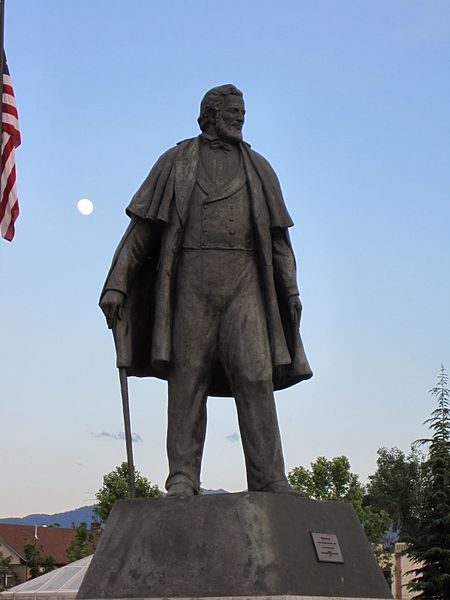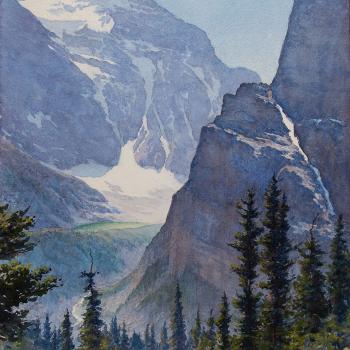
Partially quoted this evening by Sister Joy D. Jones in the General Women’s Session of the October 2017 General Conference:
“Never try to destroy a man. It is our mission to save the people, not to destroy them. The least, the most inferior spirit now upon the earth, in our capacity, is worth worlds.” (Brigham Young, Journal of Discourses 9:124)
Wonderful, that.
***
For those who might care and who might be in the vicinity, I’ll be speaking tomorrow night — Sunday night, 24 September 2017 — to a singles fireside. My topic will be “Mormons and Muslims.” The fireside will begin at 7:00 PM, at 828 West 1600 North, Orem, UT.
***
We may be approaching the Christmas season — only 93 shopping days till Xmas! — but we’ve most definitely already entered the silly season:
“Australian Retail Giant Removes Mention of Christmas from Christmas Trees”
***
Another fragment for an autobiography:
I came across the work of Hugh Nibley when I was in high school, and I devoured what I could find of it. I first saw him in person when he came down and spoke at a BYU Education Week event in Covina (or maybe West Covina), California. That entire Education Week was a life-changing experience for me. The faculty was impressive: It included not only Hugh Nibley but, if I’m not mistaken, Daniel Ludlow; the musical trio The Three Ds, who performed historic Mormon folksongs and the like, accompanied by dramatic narration; Robert J. Matthews; Elder Bruce R. McConkie (one of the seven presidents of the Seventy, at that time), and (another pivotal influence for me) Truman G. Madsen.
My attendance for those four days provided my first real glimpse of a serious Latter-day Saint intellectual life. I decided — I’m not sure that the thought had ever crossed my mind before — that, when the time came, I would include BYU among my college applications.
And it was after arriving at BYU as a freshman that I first actually met and spoke with Hugh Nibley.
A friend down in the Los Angeles area, a former Aaronic Priesthood advisor, wanted me to ask Nibley a question. (I can no longer recall what it was.) So I went to his office in the old Joseph Smith Building. I was nervous and intimidated. I paced back and forth in front of his door, trying to muster the courage to knock. (If I recall correctly, he had a sign on the door reading something like “Leave me alone!”)
Finally, I rapped on his door and he opened it remarkably quickly and suddenly, but only partially. “Yes?” he asked, peering at me.
I stuttered out some sort of request to ask him a question, and he told me to come in. It seemed that there was only a single chair in his rather large and long office. Anyway, I never sat down. I stood there, feeling rather uncomfortable, afraid to knock over any of the scores of little stacks of index cards that were all around me and all over the floor. “Yes? Yes?” he kept asking me. That didn’t make any less nervous.
I can’t even recall what he said. He wasn’t at all unpleasant, but I was feeling really awkward.
It never would have entered my mind that I would someday feel very comfortable with him and be regarded by him as something of a colleague and, even, as a writer and editor worth his time to read. I’m eliding a number of experiences here, but one of the opportunities that I treasure is the opportunity that I had, in company with Jack Welch, to give him a priesthood blessing in his home when he was quite ill, not long before he died. I couldn’t have seen that coming, back when I was a very intimidated seventeen-year-old BYU freshman.












